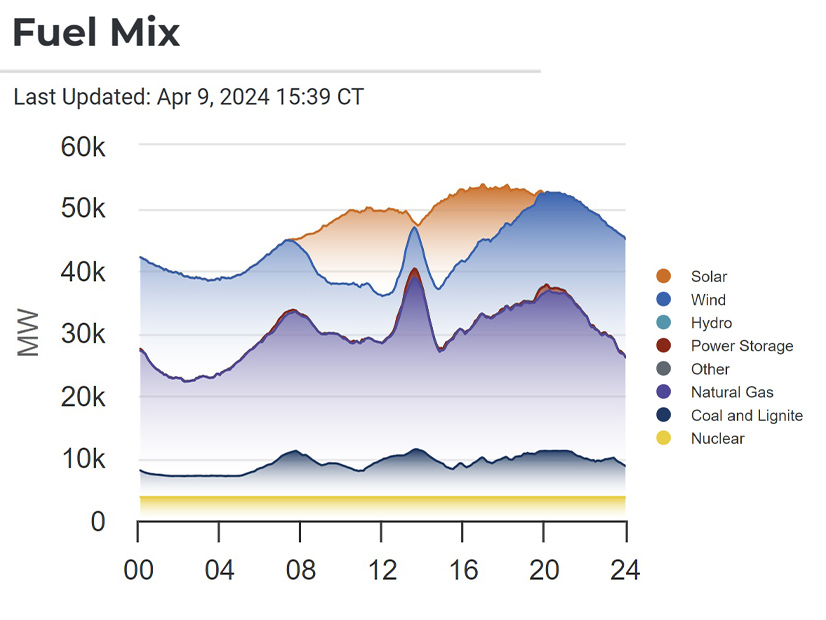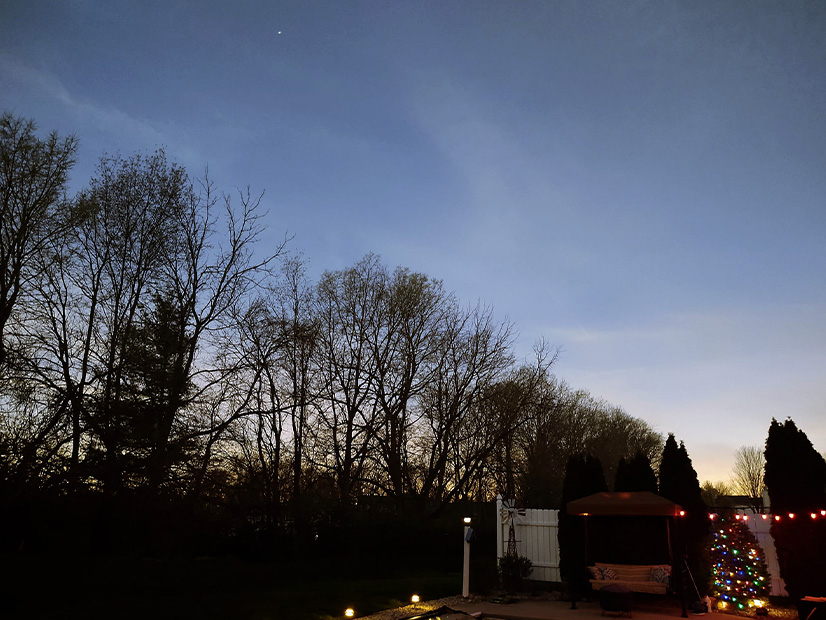ISO-NE continued work on resource capacity accreditation (RCA) changes at the Markets Committee on April 9 and 10, outlining how changes to the overall resource mix could affect the reliability value of different resource types.
Dane Schiro of ISO-NE detailed additional results related to the RCA impact analysis. ISO-NE in February presented the analysis’ initial results, which showed how the RCA changes would affect the amount of accredited capacity for different resource types. (See NEPOOL Markets Committee Briefs: Feb. 6, 2024.)
Building on the impact analysis, ISO-NE conducted sensitivity analyses looking at the effects of three scenarios changing the resource profile: the addition of renewables, the replacement of oil capacity with renewables and the replacement of coal capacity with renewables.
The RTO in March presented the first phase of these analyses to the MC, focusing on how the scenarios would affect overall system reliability. (See NEPOOL Markets Committee Briefs: March 13, 2024.) At the April MC, Schiro outlined how the scenarios would affect the seasonal reliability benefits of different resource types.
While the reliability contributions of resources including gas, oil and hydro remained consistent throughout the scenarios, wind, solar and energy storage varied significantly.
For energy storage, reliability value increased in the summer in every scenario, with the greatest increase shown when renewables replaced oil resources, the scenario with the greatest reliance on renewables.
Schiro noted that the value of energy storage is “closely related” to the duration of reliability risk events, increasing as the events get shorter. The addition of renewables in the summer reduced the length of risk periods by delaying the onset of the risks, Schiro said.
In contrast, replacing coal and oil with renewables hurt the value of energy storage in winter because the duration of reliability risk events generally increased in these scenarios.
The analysis also showed scenarios with greater renewable penetration hurt the value of wind resources. Wind resources typically all have high output at similar times, reducing the likelihood that periods of high wind generation face reliability risks, Schiro said. Therefore, the modeling found that adding wind capacity would produce diminishing reliability benefits.
The modeling showed a similar reduction to the reliability benefits of solar resources as solar generation increased, Schiro added.
Accreditation Calculation Updates
ISO-NE also provided additional details on its plans to calculate the accredited capacity of demand resources. For active demand capacity resources (ADCRs), the RTO will construct a “seasonal energy profile that represents their historical hourly availability over the last three years’ real-time offer data in the energy market.”
ISO-NE then will use this profile to assess ADCRs’ performance during periods with reliability risks. Unlike passive demand resources (PDRs), ADCRs will have an annual opportunity to challenge their energy profile.
The accreditation values of PDR resources will be based on “a single, common system-wide profile (different for each month) that represents the demand reduction associated with a given hour,” and will use reconstitution data from the previous five years, Christopher Parent of ISO-NE said.
For energy storage resources, duration and round-trip efficiency will be the key factors in accreditation, Parent said. Market participants with energy storage resources will have one opportunity to challenge these values.
Stakeholder Proposals
Tom Kaslow of FirstLight expressed concern that ISO-NE’s accreditation proposal may overvalue gas resources that lack firm fuel contracts.
Kaslow said ISO-NE should consider increasing the daily operating hours requirement from 12 hours to 16 for gas resources. This would increase the amount of firm gas a resource would need to procure to receive its maximum possible accreditation value, and would reduce the value of nonfirm gas, Kaslow said.
Meanwhile, Ben Griffiths of LS Power proposed changes to how ISO-NE is proposing to model resource outages. Griffiths argued that relying solely on historical data to estimate future outage rates could cause prolonged outages from abnormal equipment failures to have outsized impacts on individual resources’ accreditation values.
“Resources can have equipment-related outages of extended duration that, once resolved, should not be expected to occur again,” Griffiths said. “In these instances, historic performance is a poor predictor of future performance. … Nevertheless, the ISO’s current proposal will include that outage for three to five years.”
To prevent these distortions, Griffiths said a resource that deals with an extended, abnormal outage “should be able to challenge its default value and propose a substitute that better reflects expected output.”


